The PODD Method
Percutaneous Ozone Disc Decompression
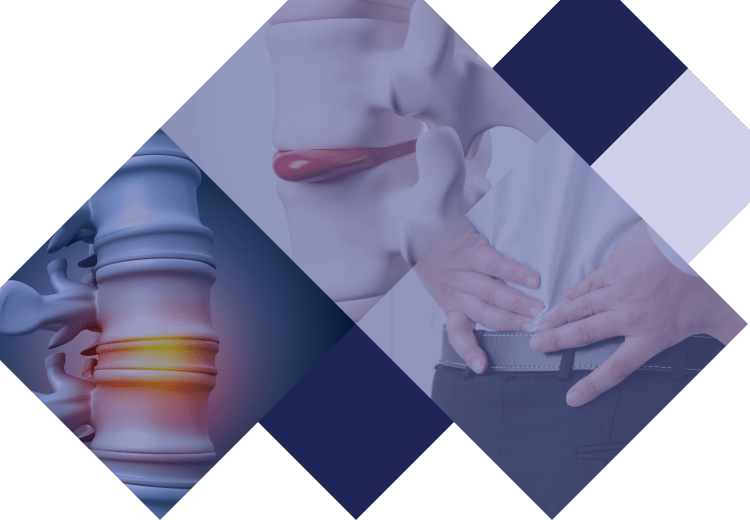
What is the PODD method?
Percutaneous Ozone Disc Decompression
The PODD is a method of injecting ozone into the nucleus pulposus of the disc using a 0.8mm puncture needle, to improve back pain due to inflammation and neuralgia, caused by disc herniation and spinall stenosis. Although the details of the anti-inflammatory effects of ozone are yet to be clarified, it is believed that ozone activates the body's immune response, thereby ending inflammation in a short period of time.
Ozone itself is injected only into the intervertebral disc, but it is effective not only for herniated discs but also for spinal canal stenosis and foraminal stenosis. The reason for this is thought to be that ozone injected into the disc penetrates the surrounding tissue through the damaged disc.
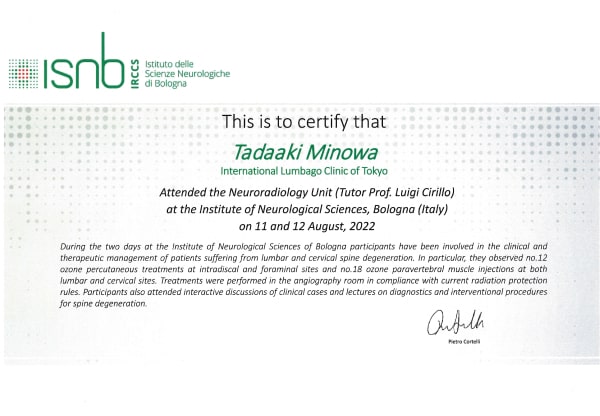
Treatment with PODD (Percutaneous Ozone Disc Decompression)
Under local anesthesia, a 0.8 mm puncture needle is safely inserted into the intervertebral disc using fluoroscopic X-ray equipment. Ozone is then injected into the disc according to the condition of the lesion, and the procedure is completed after confirming that the ozone has infiltrated both the inside and outside of the disc through fluoroscopic observation.
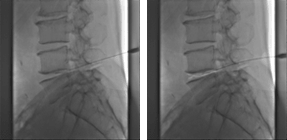
Treatment time and side effects
The intervetebral disc detoriates due to several factors: genetics, aging, and effects of daily life. By nature, the nucleus pulposus in the intervertebral disc is filled with water, but with aging and the strain of daily life, the nucleus pulposus leaks out of the annulus fibrosus due to cracks in the annulus fibrosus, and the loss of water causes the disc to become thin and collapsed. Lifting heavy objects in daily life or engaging in strenuous sports activities in particular can cause disc damage. X-rays and MRIs will show the disc as black and collapsed.
-
Conditions / Spinal Diseases
- Lumbar Disc Herniation
- Intervertebral Disc Degeneration
- Spinal Stenosis
- Spondylolisthesis
- Spondylolysis / Spondylolytic Spondylolisthesis
- Sciatica
- Lumbar Osteoarthritis
- Lumbar Instability
- Degenerative Lumbar Scoliosis
- Facet Joint Disease
- Myofascial Low Back Pain
- Sacroiliac Joint Disease
- Lumbar Compression Fracture
- Intermittent Claudication
-
Physical Symptoms
- Collapsed disc
- Disc appears black on the MRI
- Disc has been depleted of its moisture
- Deformed spine
- Pain in lower back and/or buttocks
- Pain in leg(s)
- Numbness in lower back and/or buttocks, pain caused by numbness
- Numbness in leg(s), pain caused by numbness
- Pain and numbeness in only one leg
- Unable to stand for a long time because of the pain
- Unable to remain seated for a long time because of the pain
- Unable to walk for long distances
*We will provide treatment only if we determine that our treatment is appropriate for these diseases and symptoms after a thorough medical examination.
For those with these concerns...
-
1
I've been diagnosed with lumbar disc herniation, spinal stenosis, and/or disc degeneration
-
2
I suffer from chronic pain due to lumbar disc herniation, spinal stenosis, and/or disc degeneration
-
3
I'm considering surgery for lumbar disc herniation, spinal stenosis, and/or disc degeneration, but I'd like to avoid it
-
4
Past surgery for disc herniation did not improve my back pain (recurrence)
-
5
I'm afraid of lumbar disc herniation, spinal stenosis, and/or disc degeneration surgery
-
6
I don't want to be hospitalized for lumbar disc herniation, spinal stenosis, and/or disc degeneration surgery
-
7
I want a treatment for lumbar disc herniation, spinal stenosis, and/or disc degeneration that puts less strain on the body
Elderly people (over 80 years old) are also eligible for this treatment
Merits of the PODD Method
-
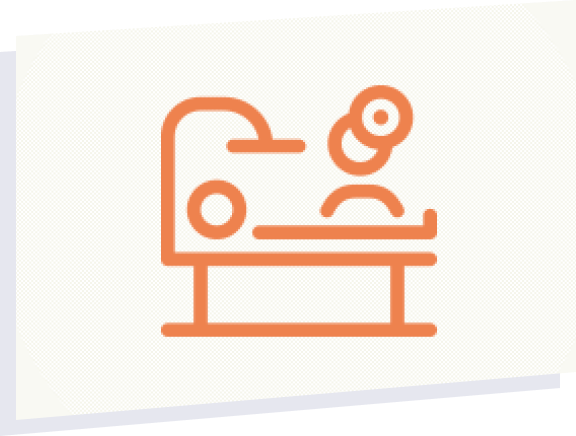
Leaves little to no scars
Since no incisions are made and only a small needle is inserted, there is almost no scarring.
-
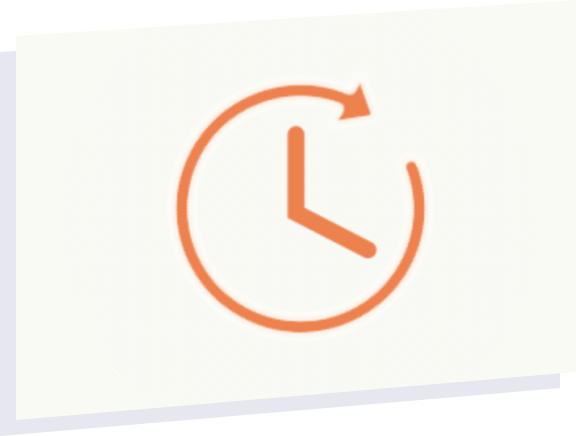
Lowered stress on the body Outpatient (day) treatment
Treatment time is about 15 minutes, and patients are required to rest for about 60 minutes after treatment. One can return home after about 90 minutes from the start of the treatment.
-
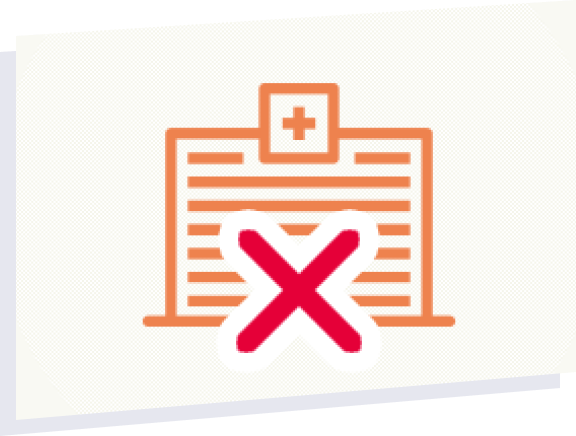
No need for post-treatment visits or rehabilitation
Even for those who live far away, there is no need for post-treatment hospital visits or rehabilitation, making it easier to return to work and daily routines.
How PODD Works
PODD stands for Percutaneous Ozone Disc Decompression, a treatment in which a 0.8 mm puncture needle is inserted into the disc from the back under fluoroscopic X-ray, and ozone is injected through the tip of the needle.
By injecting ozone into the protruding disc (nucleus pulposus), the treatment removes the root cause of pain by shrinking the protruding nucleus pulposus through ozone oxidation.
Additionally, the PODD method can be applied in cases where the PLDD, hybrid laser treatment, etc. cannot. It is less burdensome than conventional surgery, the PLDD method, and hybrid laser treatment, and is one of the more effective non-surgical treatments for mild to moderate hernias.
Ozone also has an anti-inflammatory effect, making it an effective treatment for pain caused by inflammation.
At our clinic, we have a lineup of treatments such as PLDD, PODD, Hybrid Laser, and Cellgel depending on the symptoms and condition of the herniated disc; we will recommend the PODD method only when it is determined to be highly effective.
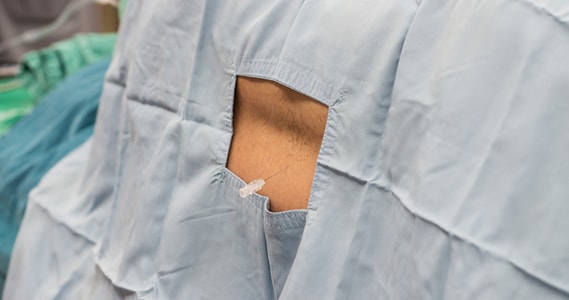
Hybrid laser therapy is effective for mild to moderate herniated discs, especially those that have high internal pressure and have not extruded from the ligament.
The Cellgel method is the more effective treatment for the extrusion and sequestrated types of herniation.

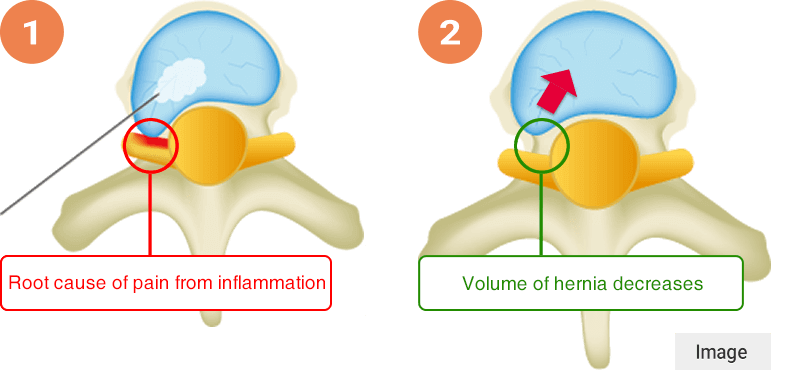
Ozone is injected through the tip of the needle.
Ozone oxidation reduces the volume of the herniated disc and reduces pressure on the nerves.
Treatment time and side effects
- Treatment Time
- About 15 minutes
You will need to rest for about 60 minutes after treatment and you can go home after about 90 minutes. Light movement is possible from the next day onwards, but sports and strenuous activties must be put on hold for about a month.
-
Potential Drawbacks
A problem is that the recurrence rate is as high as that of conventional surgery. The reason for this is that PODD does not improve disc damage in the same way the Cellgel method does.
-
Potential Side Effects
There are no reports of any neurological damage either in our own tests or studies. However, there is a very small possibility of an allergic reaction due to the local anesthetic.
Flow The PODD treatment process
-
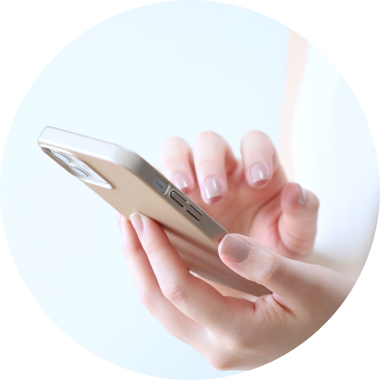
1. Inquiry
Our clinic is by appointment only, so be sure to make an appointment before visiting us.
Contact us on Whatsapp or by our contact form on this page.
-

2. Remote MRI Diagnosis
For Tokyo Clinic:
An MRI scan will be performed at a clinic affiliated with our clinic before your appointment at our clinic. Please send the MRI CD-ROM data to us via email prior to your visit. Also, if you have MRI images taken at another hospital, please let us know when you contact us.For Osaka Clinic:
The MRI scan will be performed at our clinic on the day of your appointment. -
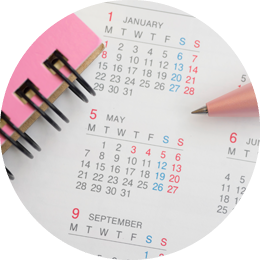
3. Choose Treatment Date
If the diagnosis confirms that you're a suitable candidate for our treatments, you may proceed to make an appointment with us. Kindly keep in mind the time it may take for you to secure a visa to enter Japan. A Japanese tourist visa is sufficient.
-

4. Travel Arrangements
As we are an outpatient facility, you will be discharged on the same day as your treatment. Patients are asked to take care of their own visas, travel and accommodation arrangements.
-
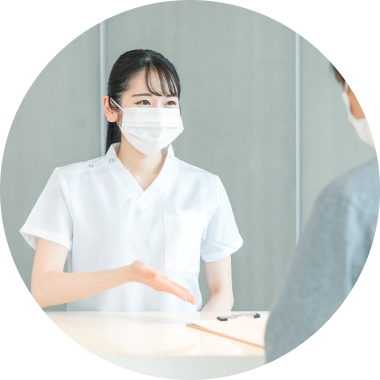
5. Pre-Treatment Examination
For Tokyo Clinic:
Please have your health insurance card, various medical certificates, image data, etc. ready when you come to the reception desk. After the check-in,, we will take X-ray images. After the X-ray, the doctor will spend approximately 30 minutes thoroughly examining the patient, and will consider and recommend the most suitable treatment plan for each patient.At the Osaka Clinic:
After the MRI/X-ray examination, the doctor will spend approximately 30 minutes thoroughly examining the patient, and will consider and propose the most appropriate treatment plan for each patient. -
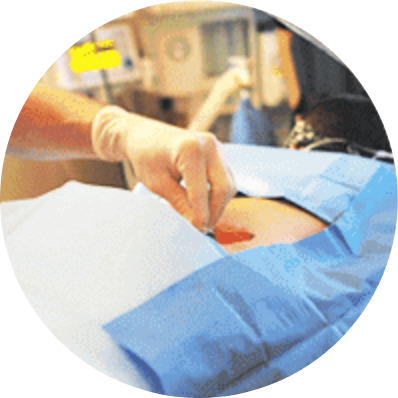
6. Treatment
Patients who wish to be treated on the same day can choose to be treated in the afternoon after the examination in the morning. Treatment time varies from 15 to 45 minutes (per site) after local anesthesia is administered.
-

7. Discharge
After the treatment, we provide a recovery room for you to rest for about an hour to 1.5 hours.
You are free to return home after the doctor examines you. -

8. Follow-up
We will contact you regularly for follow-ups after your treatment.
If you have any questions, please feel free to contact us.
Price Cost of Treatment for the PODD Method
| Number of Discs Treated |
1 disc | 2 discs | 3 discs | 4 discs | 5 discs |
|---|---|---|---|---|---|
| Lumbar Disc Treatment | 330,000 JPY | 385,000 JPY | 440,000 JPY | 495,000 JPY | 550,000 JPY |
| Cervical Disc Treatment | 770,000 JPY | 990,000 JPY | 1,210,000 JPY | 1,430,000 JPY | 1,650,000 JPY |
Swipe left/righ
* The cost of treatment is indicated including taxes.
*If treatment is performed at our clinic, all examination/diagnosis costs and test costs such as MRI are included in the above costs.
*This treatment method is not covered by Japanese health insurance, so you will have to pay for the entire treatment yourself.
*Payment by credit card (VISA, MasterCard, JCB, American Express, Diners, Discover) is also possible.
*If you would like rehabilitation (low back pain specialized rehabilitation), it is also possible to pay by bank transfer.
*If you live and work in Japan, you can receive a tax refund by filing your final medical expense return.
Other Treatment Methods
-
Cellgel Method
An advanced low back pain treatment method that started around 2010 and has been introduced in more than 54 countries around the world, mainly in Europe. This is a treatment method that treats a wide range of back pain diseases and symptoms.
-
Florence Method
A revolutionary new outpatient treatment for Spinal Stenosis! Used mainly in Europe and South America, it is now available at our clinic.
-
Hybrid Laser Method
This is a minimally invasive treatment for disc herniation that combines the benefits of both laser therapy (PLDD) and ozone therapy (PODD).
-
PLDD Method(Percutaneous Laser Disc Decompression)
Percutaneous Laser Disc Decompression (PLDD) has been has been the major outpatient disc laser procedure in Japan since the 1980s. It is the primary treatment of choice for herniated discs.
Our Treatment Methods versus Conventional Surgical Procedures
| Our clinic's treatments | Traditional Surgery | ||||||
|---|---|---|---|---|---|---|---|
| Cellgel | Hybrid Laser | PODD | PLDD | Florence |
Micro Endoscopic Discectomy (MED) |
Spinal Stabilization Vertebroplasty |
|
| Disc Restoration | ○ | × | × | × | × | × | × |
| Post-treatment Change in Disc Volume |
Same to increased | Slight to small decrease | Slight decrease | Small decrease | Same | Decreased or disappeared | Decreased or disappeared |
| Supressing of Inflammation |
○ | ○ | ○ | × | × | × | × |
| Duration of Treatment |
15–20 minutes | 20–25 minutes | 10–15 minutes | 10–15 minutes | 30 minutes | 40 minutes – 1 hour | 1–1.5 hours |
| Period of Hospitalization |
N/A (outpatient) |
N/A (outpatient) |
N/A (outpatient) |
N/A (outpatient) |
N/A (outpatient) |
About 1 week | About 1 month |
| Treatable Symptoms & Conditions |
Most lower back related conditions and symptoms | Disc herniation | Most lower back related conditions and symptoms | Disc herniation | Spinal canal stenosis, intervertebral disc hernia, facet joint disease, spondylolisthesis | Disc herniation, spinal tumor etc. | Spinal stenosis, spondylolisthesis, scoliosis, lumbar instability, intervertebral herniation, compression fracture |
Swipe left/righ
FAQ Questions About the PODD method
-
QIs the treatment covered by the Japanese national health insurance?
-
ANo, it is not covered by the national insurance. If you have life insurance, you may be eligible. Please feel free to consult our staff regarding this matter.
-
QI've undergone surgery before - am I still eligible for PODD?
-
ATreatment may be possible depending on the diagnosis. Please consult with us first.
-
QHow soon does the inflammation subside after the injection of ozone?
-
ADepending on the individual, inflammation may subside within a week after treatment, or it may take up to a month.
-
QCan the PODD method be used in conjunction with other methods like Cellgel, etc.?
-
A
Yes, depending on the condition of the patient's disease and symptoms, pain can be alleviated by using the PODD method combined with the Cellgel method.
The Cellgel method can repair intervertebral discs, but it cannot directly reduce inflammation of ligaments and joints, so the combination of the PODD method, which has a high anti-inflammatory effect, is expected to reduce inflammation in those places.


